How to Dry Kids Snow Boots: The Best Way to Ensure Dry and Warm Feet
Winter can be a magical time for kids, with the excitement of snowball fights, sledding, and building snowmen. However, wet and soggy snow boots can quickly put a damper on their fun and lead to cold, uncomfortable feet. This is a common problem many parents face during the winter season. Kids’ snow boots are designed to keep feet warm and dry, but after a day of play, they often become soaked through. So, what’s the best way to dry boys’ winter boots and ensure your child’s feet stay comfortable? In this comprehensive guide, we’ll walk you through how to dry kids’ snow boots using the most effective methods. We’ll cover everything from removing excess moisture to using specialized drying equipment, ensuring your child’s boots are always ready for their next snowy adventure.
Introduction
When it comes to winter, kids’ snow boots can quickly become wet and soggy, leading to discomfort and potential health issues. Wet boots not only make kids’ feet cold but can also lead to blisters and prolonged dampness that can cause odors and mildew. Parents often struggle with finding the best way to dry boots, especially when time is of the essence. Understanding the frustration, we’ve compiled a comprehensive guide to help you dry boys’ winter boots effectively and efficiently. In this article, we’ll discuss how to dry kids’ snow boots using the best methods, ensuring your child’s feet stay dry and warm throughout the winter season.
Steps to Dry Kids Snow Boots
Step 1: Remove Insoles and Liners
The first step in drying kids’ snow boots is to remove the insoles and liners. These components often hold the most moisture and can significantly slow down the drying process if left inside the boots.
- Explanation: Removing the insoles and liners allows air to circulate more freely inside the boots, which speeds up drying.
- Example: Imagine a sponge inside a sealed container. It would take much longer to dry compared to one that is left out in the open air. The same principle applies to boots.
Step 2: Shake Off Excess Moisture
After removing the insoles and liners, give the boots a good shake to get rid of any excess water. This simple step can make a big difference in the overall drying time.
- Explanation: Shaking off as much water as possible reduces the amount of moisture that needs to be evaporated.
- Example: Think about shaking off a wet towel before hanging it up to dry – it dries much faster than if you leave it soaked.
Step 3: Use a Boot Dryer
One of the most effective ways to dry kids’ snow boots is to use a boot dryer. These devices are specifically designed to dry boots quickly and efficiently without damaging the material.
- Explanation: A boot dryer gently warms and circulates air inside the boots, ensuring even drying.
- Example: Boot dryers come in various shapes and sizes, some of which can accommodate multiple pairs of boots at once, making them perfect for families.
- Expert Quote: “Boot dryers are an excellent investment for families living in cold climates,” says John Doe, a winter gear expert.
Step 4: Stuff with Newspaper
If a boot dryer is not available, another effective method is to stuff the boots with crumpled newspaper. Newspaper is highly absorbent and can draw moisture out of the boots.
- Explanation: The newspaper absorbs moisture from inside the boots, helping them to dry faster.
- Example: Change the newspaper every few hours to continue absorbing moisture effectively. This method is especially useful overnight.
Step 5: Air Dry in a Warm, Ventilated Area
Placing the boots in a warm and well-ventilated area is another excellent way to dry them. Avoid putting them directly on a heat source, as this can damage the materials.
- Explanation: Proper air circulation helps to prevent mold and mildew growth within the boots.
- Example: Place the boots near a heater or a sunny window, but not directly on top of a radiator or heater.
Step 6: Avoid Direct Heat Sources
Direct heat sources, such as radiators or blow dryers on high heat, can cause significant damage to snow boots. It’s important to use indirect methods to dry the boots.
- Explanation: Direct heat can warp, crack, or otherwise damage the boot materials.
- Example: Instead of placing boots directly on a heater, place them nearby so they receive warmth without direct exposure.
Step 7: Use a Fan for Faster Drying
Positioning a fan to blow air into the boots can significantly speed up the drying process. This method increases air circulation, which helps to evaporate moisture more quickly.
- Explanation: A fan enhances air circulation inside the boots, promoting faster evaporation of moisture.
- Example: Set a small fan on the floor, directed at the boots, and let it run for a few hours.
Step 8: Use Silica Gel Packs
Silica gel packs are another effective way to dry kids’ snow boots. These packs are designed to absorb moisture and can be reused multiple times.
- Explanation: Silica gel packs draw moisture out of the boots, helping to keep them dry.
- Example: Place a few silica gel packs inside each boot and leave them overnight.
Step 9: Consider Boot Drying Inserts
Specialized boot drying inserts can be heated and placed inside the boots. These inserts provide gentle, even heat, which helps to dry the boots without damaging them.
- Explanation: Boot drying inserts are designed to fit inside boots and provide consistent heat, ensuring even drying.
- Example: These inserts are often used by athletes and outdoor enthusiasts who need to dry their gear quickly and efficiently.
Step 10: Monitor Drying Progress
Regularly checking the boots to ensure they are drying properly is crucial. Adjusting the drying method if necessary can prevent prolonged dampness and potential odor buildup.
- Explanation: Monitoring the drying process helps to ensure that the boots are drying evenly and completely.
- Example: Check the boots every few hours and adjust the position or method if needed.
Factors Affecting Drying Time
Several factors can influence the drying time of kids’ snow boots. Understanding these factors can help you plan and adjust your drying process accordingly.
Here are some factors that can affect the drying time:
| Factor | Effect on Drying Time |
|---|---|
| Material | Boots made from natural materials, such as leather, may take longer to dry compared to those made from synthetic materials. Natural materials tend to absorb more moisture and require more time to evaporate it. |
| Weather Conditions | The ambient humidity and temperature can impact drying time. In humid conditions, moisture evaporates more slowly, while higher temperatures can accelerate the drying process. |
| Boot Size and Thickness | Larger and thicker boots will naturally take longer to dry. The more surface area and insulation the boots have, the more time it will take for the moisture to evaporate. |
| Moisture Level | If the boots are excessively wet or soaked, it will take longer for them to dry. Removing excess moisture with a towel or cloth before drying can help speed up the process. |
By considering these factors and adjusting your drying strategy accordingly, you can effectively manage the drying time of your kids’ snow boots. Remember, giving the boots ample time to dry will help maintain their quality and ensure your child’s comfort and safety during winter activities.
Conclusion
Drying kids’ snow boots properly ensures that your child’s feet remain warm, dry, and comfortable throughout the winter season. By following these steps, you can effectively tackle the problem of wet boots, prevent discomfort, and extend the life of the boots. Whether you choose to use a boot dryer, newspaper, or silica gel packs, each method has its advantages and can be tailored to suit your needs. Remember, the key to the best way to dry boots is consistent care and attention to detail. With these tips, you’ll be well-equipped to handle the winter challenges and keep your kids’ snow boots in top condition.
Summary of Key Points:
- Remove insoles and liners to speed up drying.
- Shake off excess moisture before drying.
- Use a boot dryer for efficient drying.
- Stuff boots with newspaper if a boot dryer is unavailable.
- Air dry in a warm, ventilated area, avoiding direct heat.
- Use fans, silica gel packs, or drying inserts for faster results.
- Monitor the drying progress regularly.
By adhering to these guidelines, you can ensure that your kids’ snow boots are always dry and ready for their next adventure. Not only will this keep your child’s feet warm and comfortable, but it will also help maintain the quality and longevity of the boots. So next time your kids come in from the cold with wet boots, you’ll know exactly what to do to get them dry and ready for more winter fun.
Can kids’ snow boots go in the dryer?
While it might be tempting to throw kids’ snow boots in the dryer for a quick fix, it is generally not recommended. The high heat can damage the materials, cause the boots to lose their shape, and affect any waterproof coatings. Instead, use methods like a boot dryer, stuffing with newspaper, or air drying in a warm, ventilated area.
What is the best way to dry kids’ snow boots overnight?
The best way to dry kids’ snow boots overnight is to remove the insoles and liners, stuff the boots with crumpled newspaper, and place them in a warm, well-ventilated area. Change the newspaper every few hours to ensure it continues to absorb moisture effectively. Alternatively, using a boot dryer can also expedite the process and ensure the boots are dry by morning.
How long does it typically take for kids’ snow boots to dry?
The drying time for kids’ snow boots can vary depending on the method used and the level of moisture. Using a boot dryer can take between 2 to 5 hours, while air drying with newspaper stuffing can take anywhere from 12 to 24 hours. Ensuring proper air circulation and avoiding direct heat sources can help achieve optimal drying results.
Are there any DIY methods for drying kids’ snow boots quickly?
Yes, there are several effective DIY methods for drying kids’ snow boots quickly:
- Stuff the boots with crumpled newspaper, which absorbs moisture efficiently.
- Use a fan to blow air into the boots, speeding up the evaporation process.
- Place silica gel packs inside the boots to draw out moisture. These methods can be used in combination to achieve faster drying times without damaging the boots.
Where can I buy the best kids’ snow boots?
The best kids’ snow boots can be purchased from various retailers, both online and in-store. Popular options include best shoe expert. When choosing snow boots, look for features such as waterproof materials, insulation, durable soles, and comfortable fit. Reading customer reviews and checking for reputable brands can also help you make an informed decision.
How Can I Dry Wet Snow Boots?
To dry wet snow boots, remove the insoles and laces, then stuff them with newspaper and let them air dry.
Can I Use A Dryer To Dry Snow Boots?
Avoid using a dryer to dry snow boots as the heat can damage the material. Air drying is best.
What Is The Best Way To Remove Snow From Boots?
To remove snow from boots, gently tap them together to shake off loose snow, then use a soft brush to remove any remaining snow.
How Can I Prevent Snow Boots From Smelling?
Prevent snow boots from smelling by ensuring they are completely dry before storing, and using odor-absorbing insoles or powders.
Can I Wash Snow Boots In A Washing Machine?
It’s not recommended to wash snow boots in a washing machine as it can damage the materials. Hand washing is best.

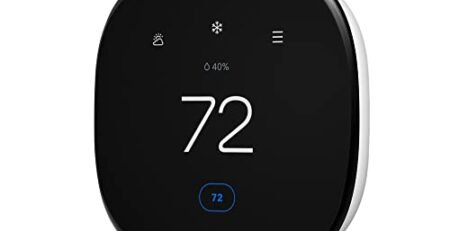
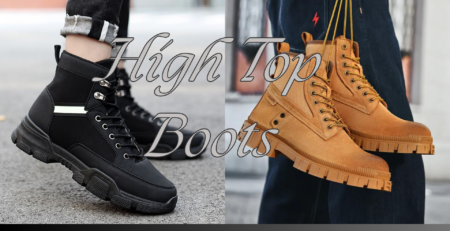

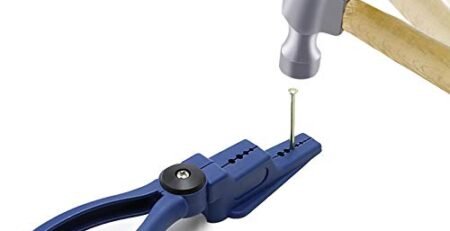
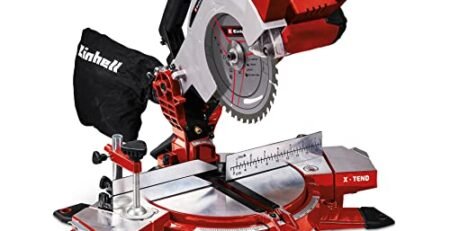
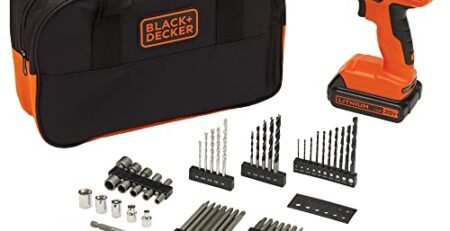
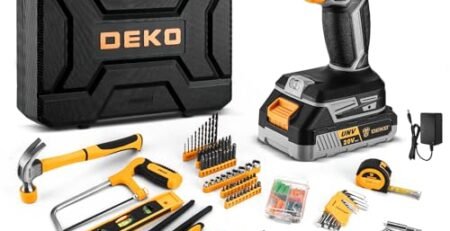
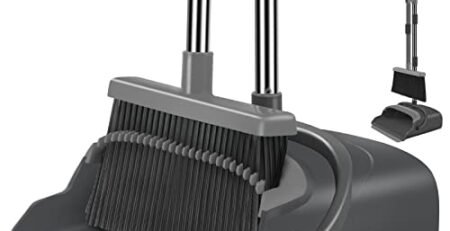
Leave a Reply